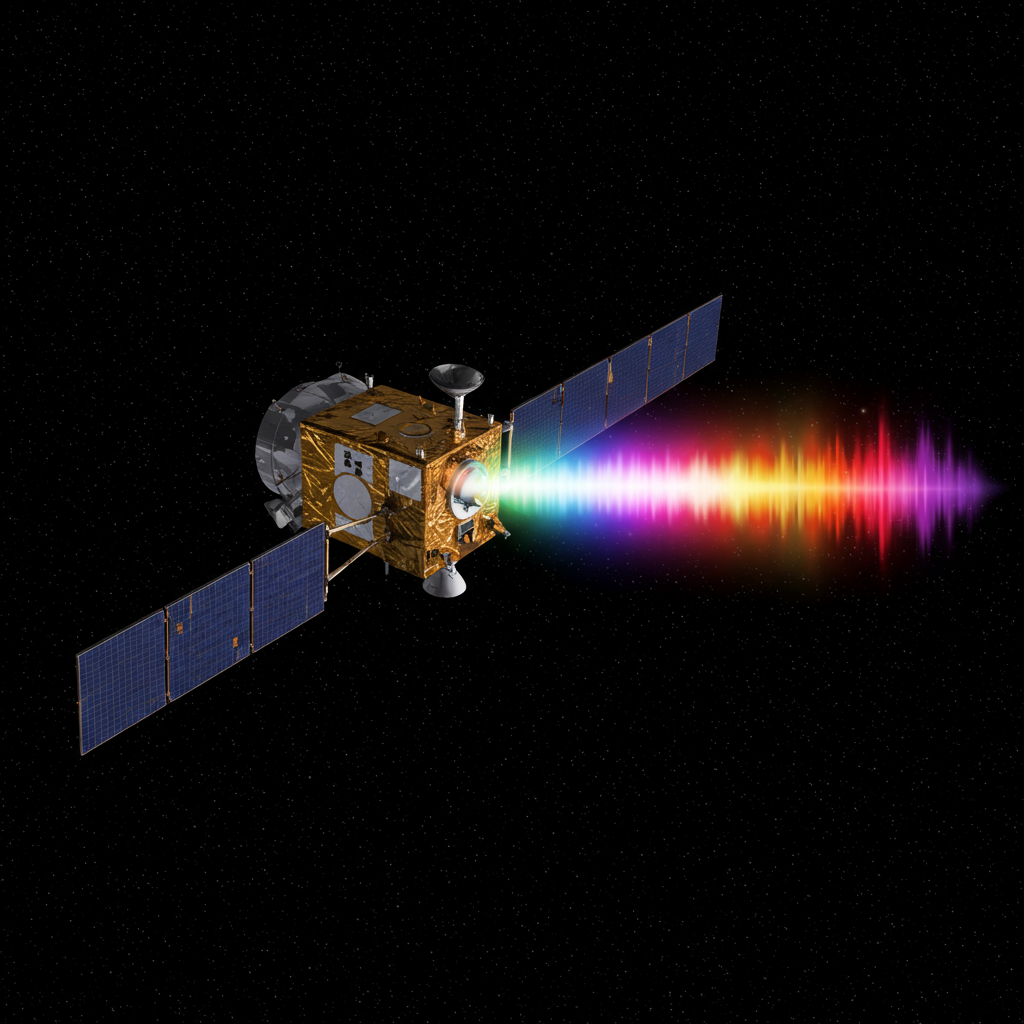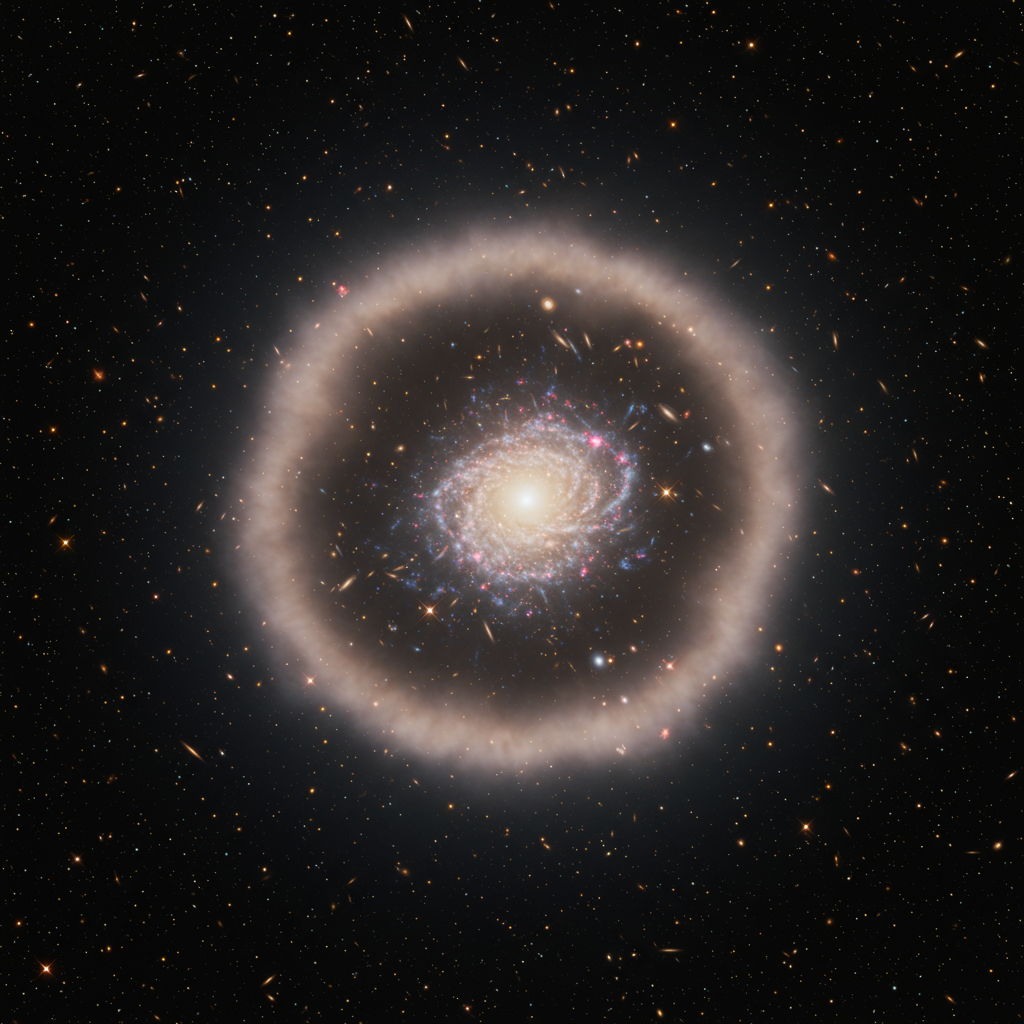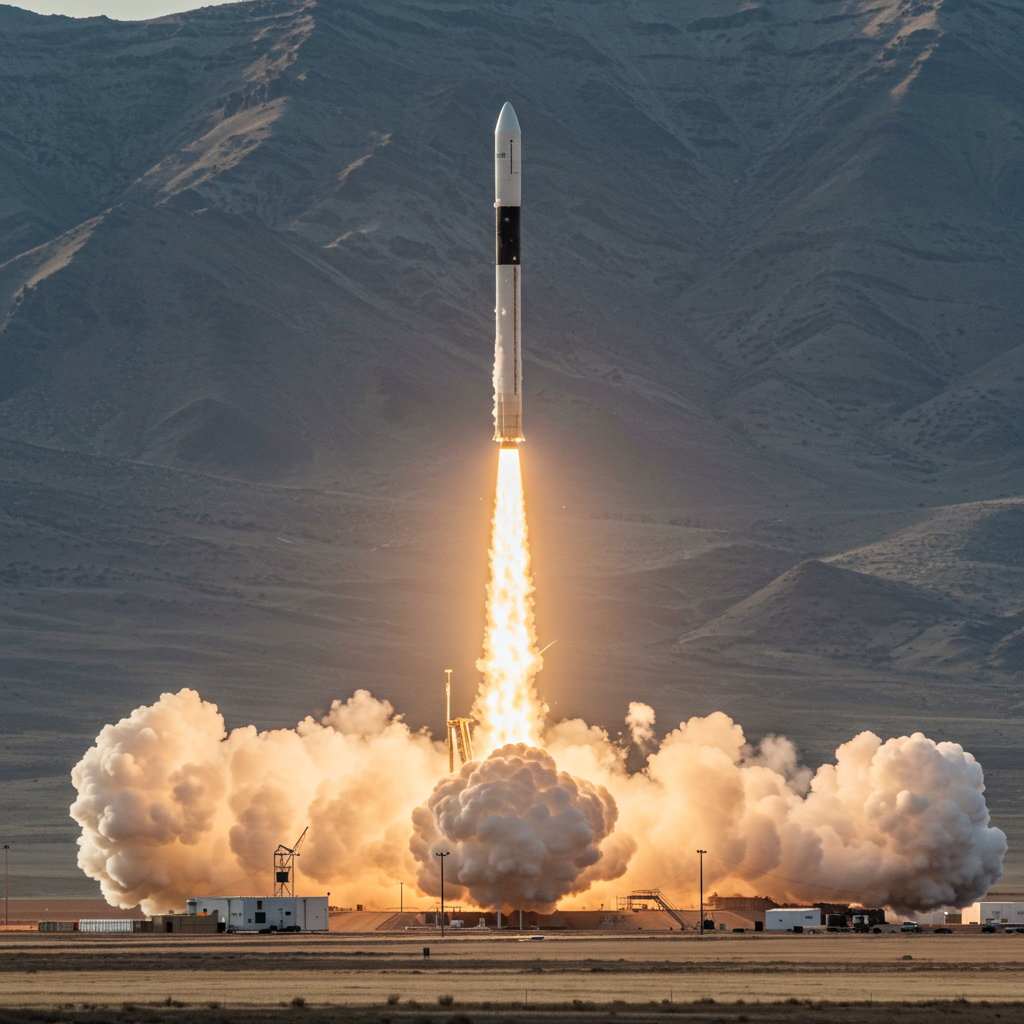The discovery of asteroid 2024 YR4 in late 2024 initially sparked global attention with a concerning probability of impacting Earth in 2032. While subsequent observations have ruled out an Earth collision, this fascinating space rock still holds a low, but non-zero, chance of striking the Moon on December 22, 2032.
This lingering uncertainty highlights both the advancements and the remaining challenges in planetary defense.
What is Asteroid 2024 YR4?
Discovered on December 27, 2024, by the ATLAS telescope in Chile, asteroid 2024 YR4 was quickly flagged by automated warning systems due to a potential Earth impact risk in 2032. Measuring between 53 and 67 meters (174-220 feet) in diameter, an asteroid of this size could cause severe regional damage upon impact.
The initial Earth impact probability rose to around 3%, placing it temporarily at the top of ESA’s asteroid risk list and triggering the first-ever coordinated international planetary defense response. However, extensive follow-up observations, including data from the powerful James Webb Space Telescope by March 2025, allowed astronomers to precisely refine the asteroid’s orbit and confidently rule out any chance of it hitting Earth in 2032.
Why the Lingering Question About the Moon?
Despite the all-clear for Earth, the final observations of 2024 YR4 before it faded too far from view couldn’t completely eliminate another possibility: a collision with the Moon. Based on the latest calculations, there is approximately a 4% to 4.3% chance that asteroid 2024 YR4 will impact the Moon on December 22, 2032.
This means there is a significant 96% chance it will miss. However, this low probability remains a point of scientific interest and uncertainty. Because the asteroid is currently too distant for further study, this probability will remain relatively stable until it becomes visible again in June 2028. At that point, new observations will rapidly provide astronomers with enough data to definitively determine its trajectory and rule out (or confirm, though far less likely) a lunar impact.
Undetected Until Too Late: The Sunward Blind Spot
A key lesson from 2024 YR4 is the challenge of detecting asteroids that approach Earth from the direction of the Sun. The asteroid was discovered only two days after its closest approach to Earth because it emerged from the daytime sky, a blind spot for most ground-based optical telescopes due to the Sun’s glare.
This vulnerability was starkly demonstrated by the 2013 Chelyabinsk event, where a 20-meter asteroid arrived from the sunward direction, causing damage and injuries upon atmospheric entry over Russia in broad daylight.
Closing the Gap with NEOMIR
To address this critical blind spot, the European Space Agency (ESA) is developing the Near-Earth Object Mission in the InfraRed (NEOMIR) satellite, planned for launch in the early 2030s. Positioned at the first Sun-Earth Lagrange Point (L1), NEOMIR will use an infrared telescope to scan the region of the sky near the Sun. Infrared light allows it to detect the heat signatures of asteroids regardless of visible light conditions.
NEOMIR is designed to spot near-Earth objects at least 20 meters across weeks in advance. Simulations show that NEOMIR would have detected 2024 YR4 about a month earlier than ground telescopes, providing crucial extra time to study its path, get a better estimate of its size, and rule out the Earth impact threat much sooner.
What Happens if 2024 YR4 Hits the Moon?
While a lunar impact is unlikely, the possibility presents a unique scientific opportunity. Such an event involving an asteroid this large is exceedingly rare, and even rarer to be predicted in advance.
If it does occur on December 22, 2032, the impact would likely be visible from Earth, offering planetary scientists a chance to observe real-time crater formation. Computer simulations suggest an impact could create a crater approximately 1 kilometer wide, potentially the largest on the Moon in at least 5,000 years, releasing energy comparable to a large nuclear explosion.
Furthermore, a recent study modeling this scenario indicates that an impact could eject millions of kilograms of material from the lunar surface. While a significant portion of this debris might escape Earth’s influence, some could be captured by Earth’s gravity days later. Much of this material would burn up in our atmosphere, potentially creating a spectacular, multi-day meteor shower visible globally.
The Concern: Risk to Earth’s Satellites
The primary concern highlighted by research is the potential risk to Earth’s space-based infrastructure. The simulations suggest that ejected lunar debris captured by Earth’s gravity could significantly increase the collision risk for satellites in orbit – potentially making collisions up to 1,000 times more likely for a short period.
Even centimeter-sized fragments traveling at high speeds can cause critical damage to satellites or human-inhabited space stations, described by experts as comparable to being hit by a bullet. As the number of satellites orbiting Earth is expected to grow substantially by 2032, this potential hazard becomes increasingly relevant for planetary defense planning.
Planetary Defense Beyond Earth Impacts
The case of 2024 YR4 broadens the scope of planetary defense considerations. While agencies like NASA and ESA primarily focus on objects threatening Earth directly, the potential for a lunar impact to generate hazardous orbital debris around our planet adds a new dimension.
The asteroid’s trajectory makes it a potential target for demonstrating asteroid deflection techniques. Building on the success of NASA’s DART mission, which altered an asteroid’s orbit in 2022, plans are reportedly being developed to study or potentially attempt to redirect 2024 YR4 if the lunar impact probability warrants intervention. The next close approach in 2028 offers a potential window for such a mission.
In the coming years, as humankind plans for a sustained presence on the Moon, monitoring objects that could strike our natural satellite will become crucial. The Moon’s lack of atmosphere means even relatively small objects, tens of centimeters in size, could pose hazards to future lunar bases and astronauts.
For now, the world’s astronomers await 2028. When asteroid 2024 YR4 returns to view, we will finally get the definitive answer on whether this intriguing object is headed for a spectacular, scientifically valuable, though unlikely, collision with the Moon.
References
- www.livescience.com
- <a href="https://www.esa.int/SpaceSafety/PlanetaryDefence/Willasteroid2024YR4hittheMoon”>www.esa.int
- www.theguardian.com
- www.newscientist.com
- www.forbes.com




